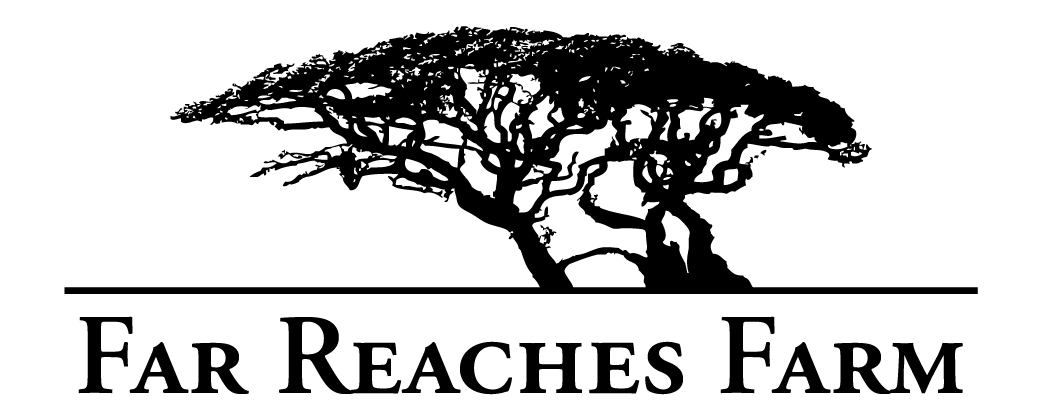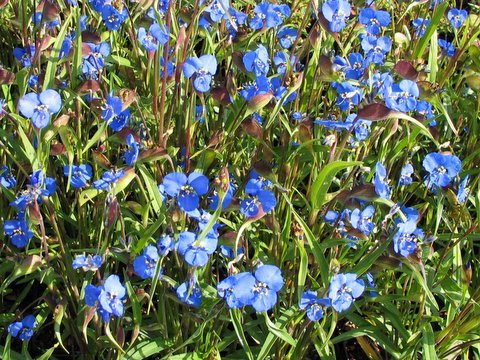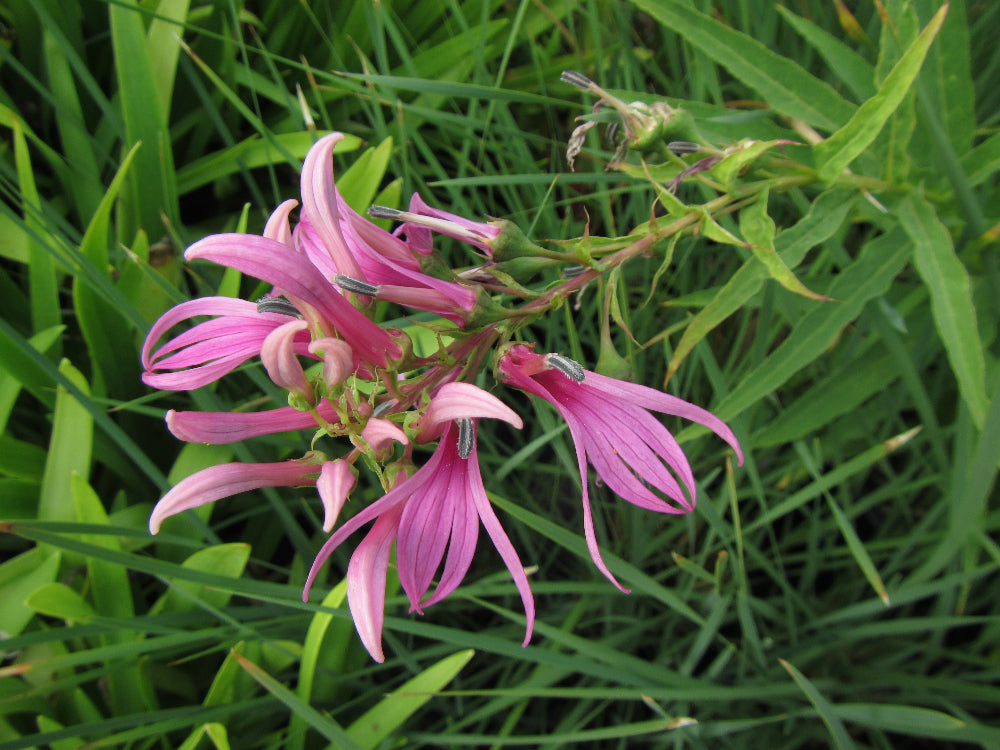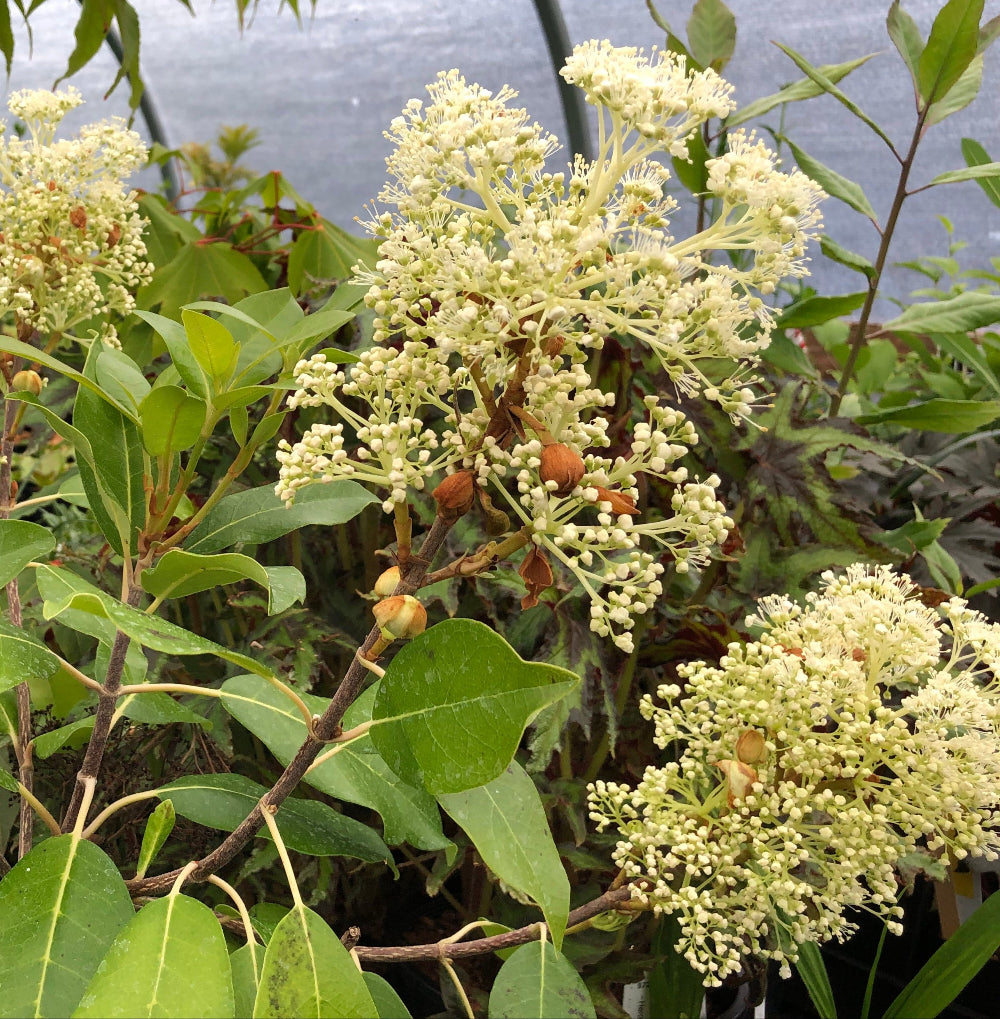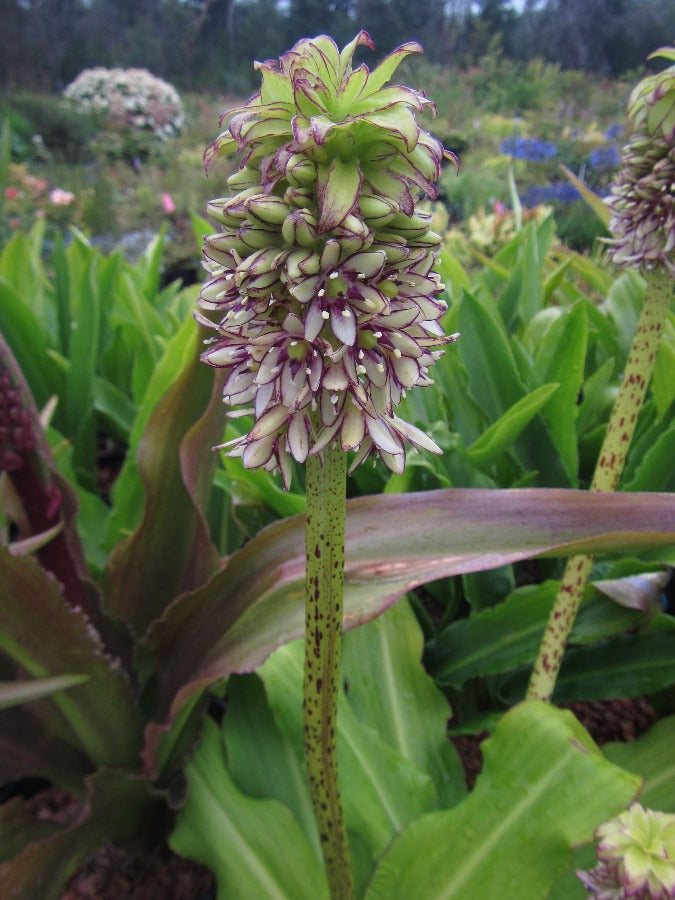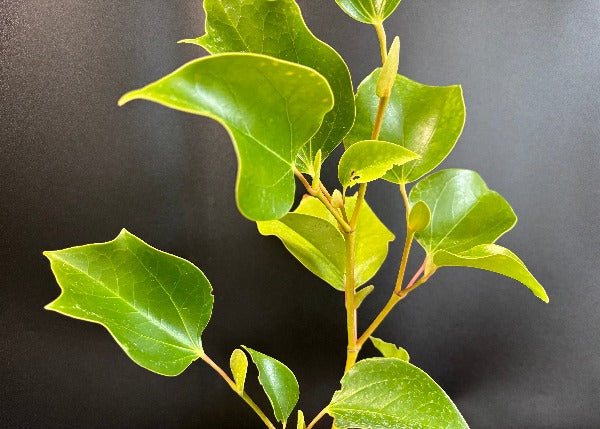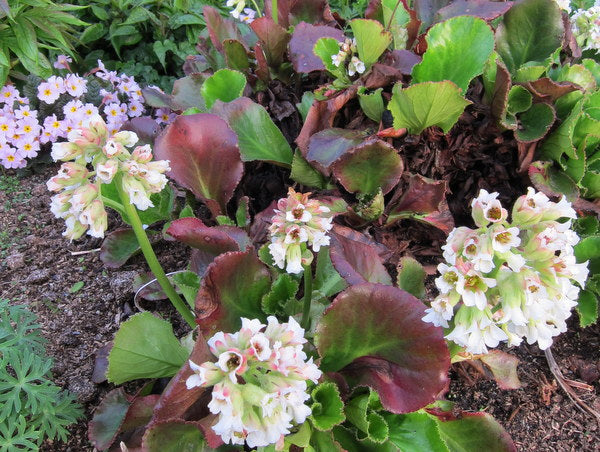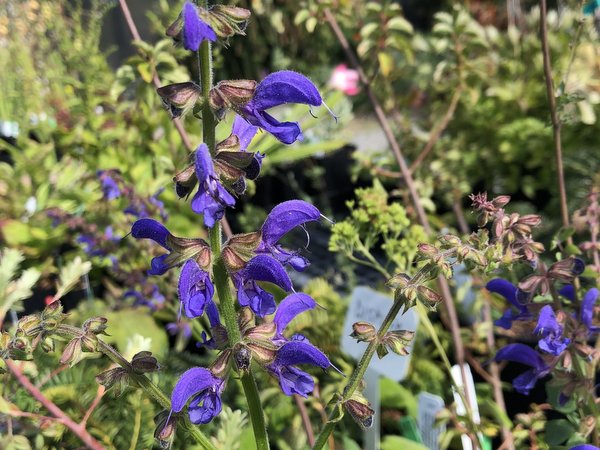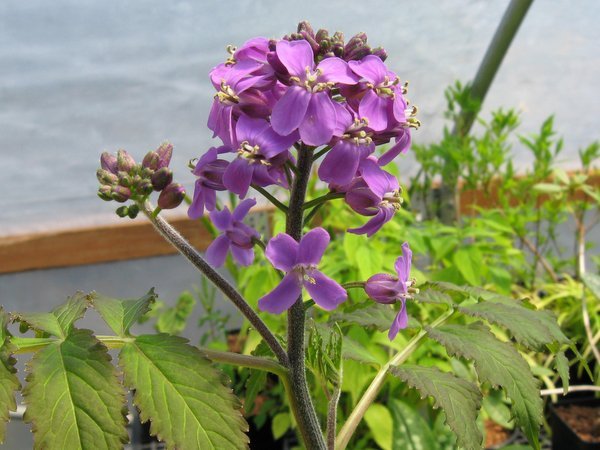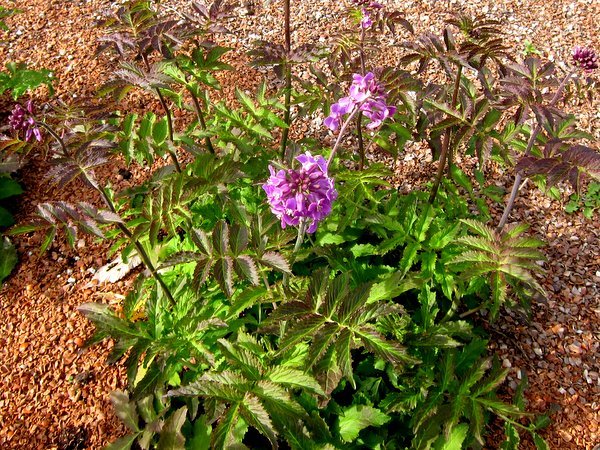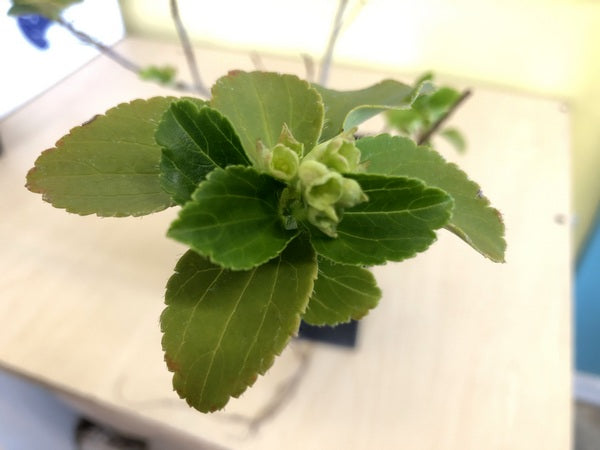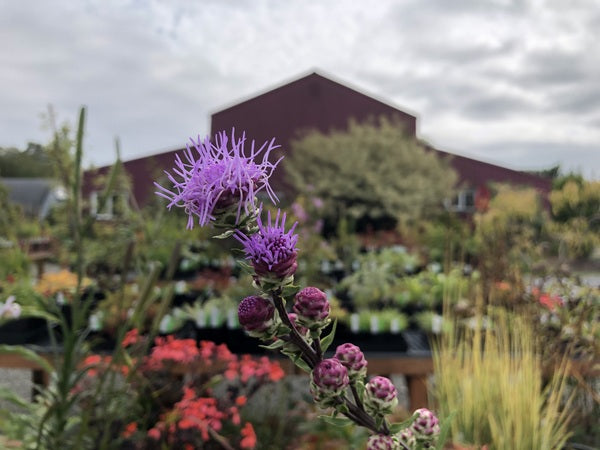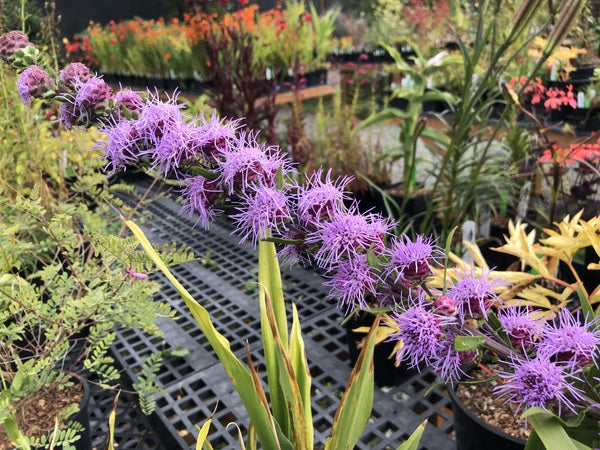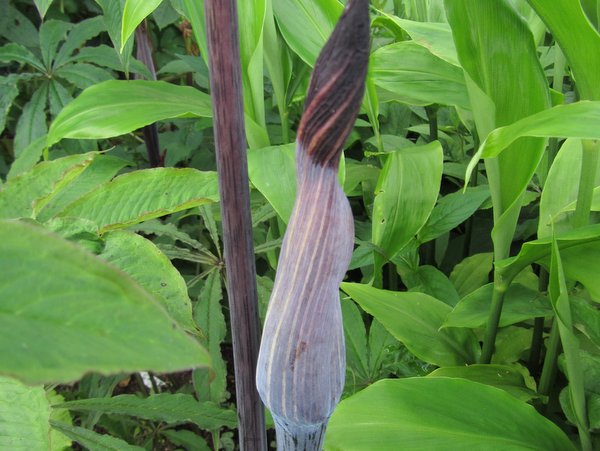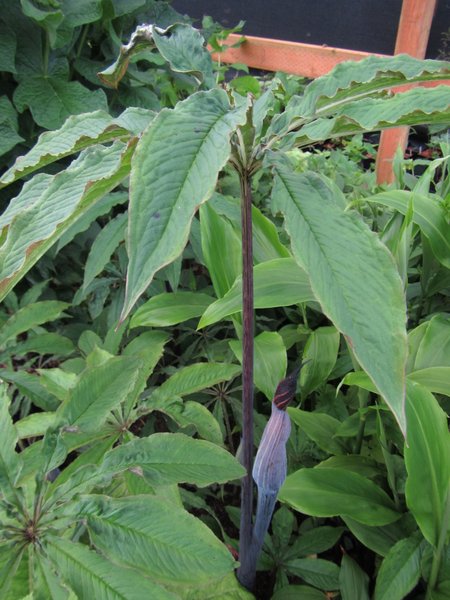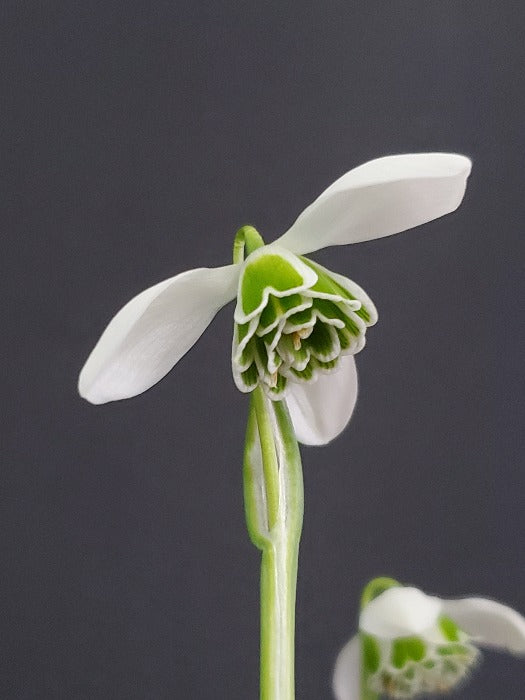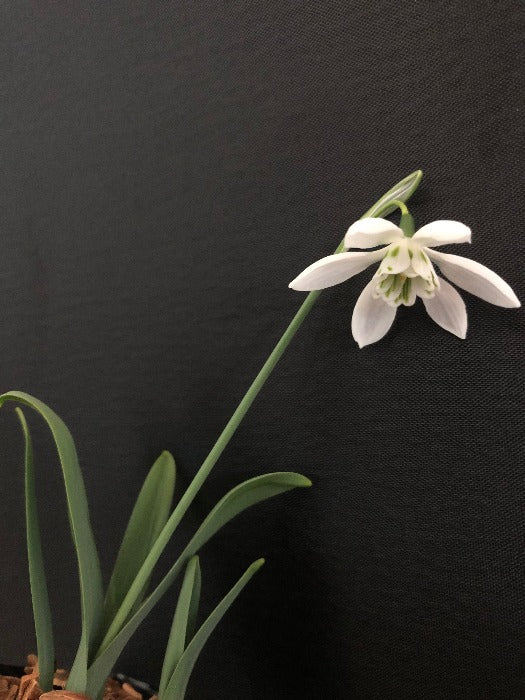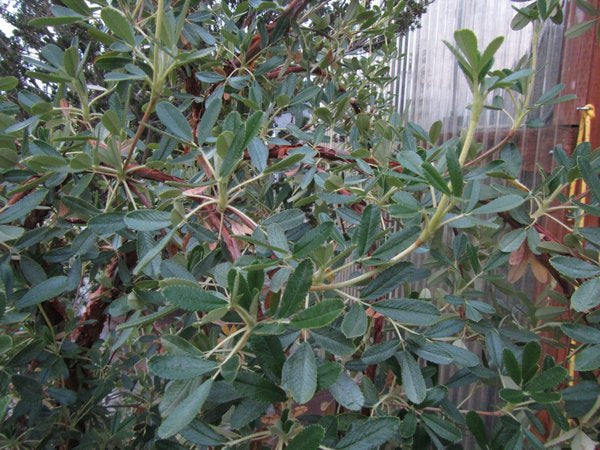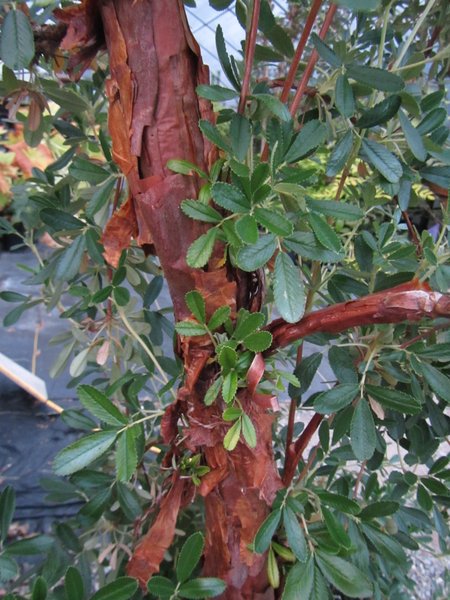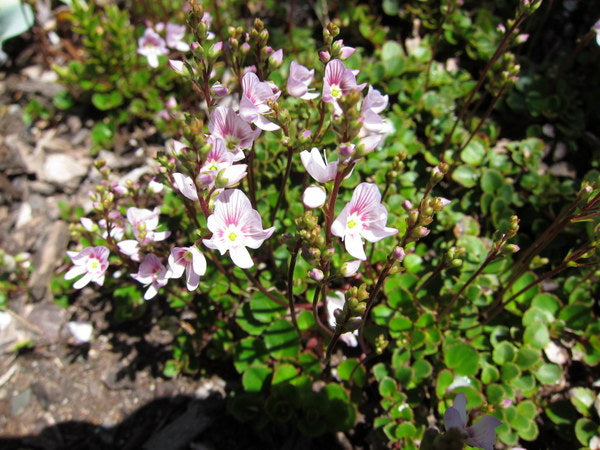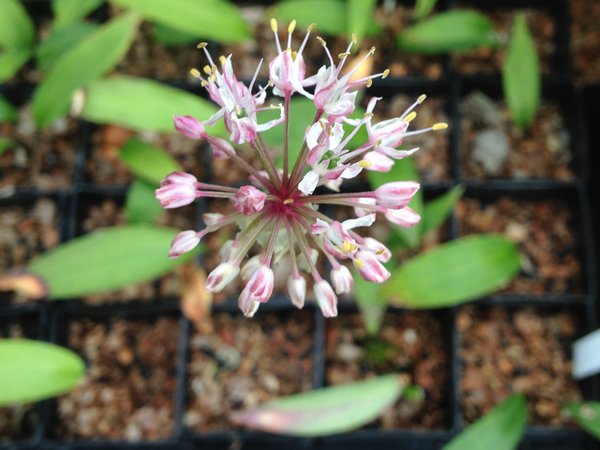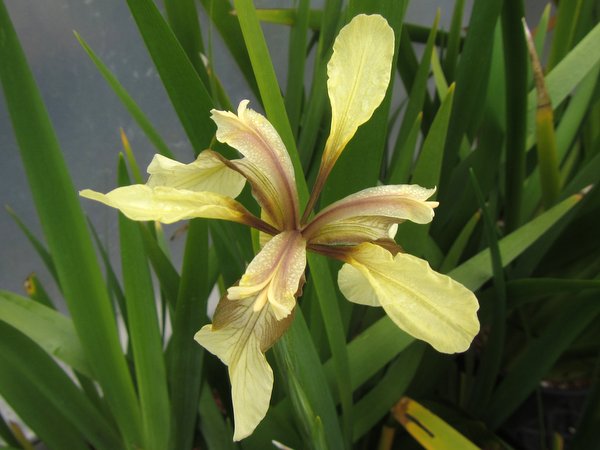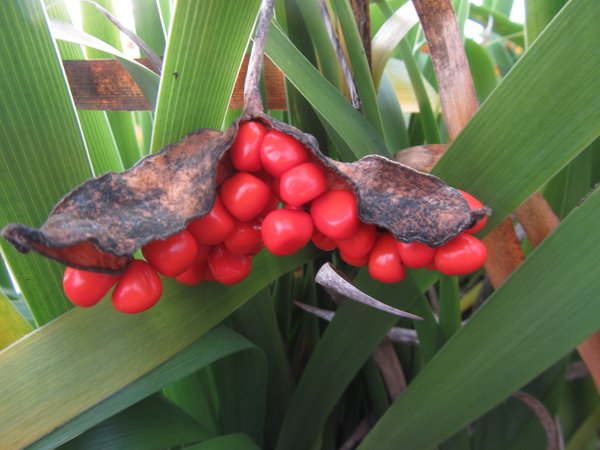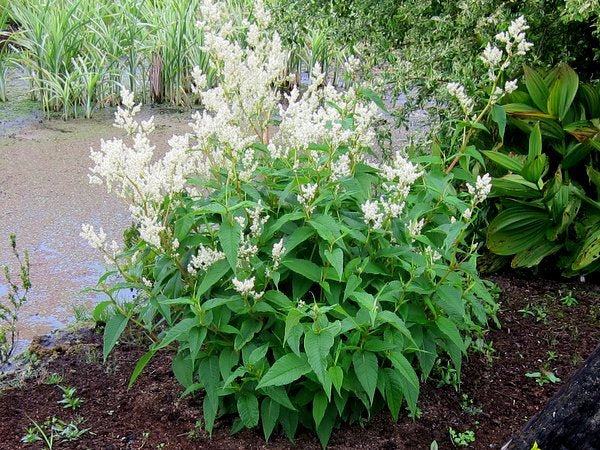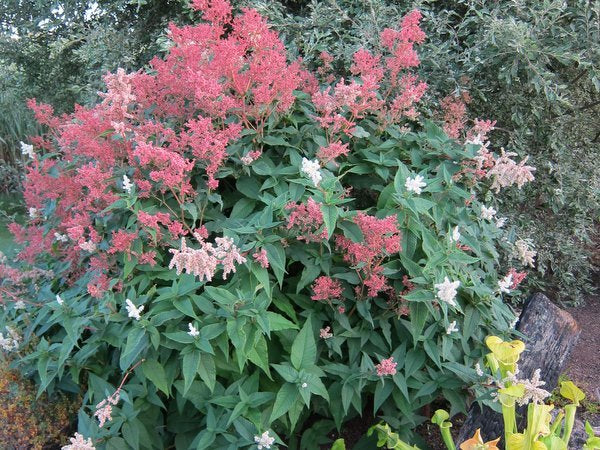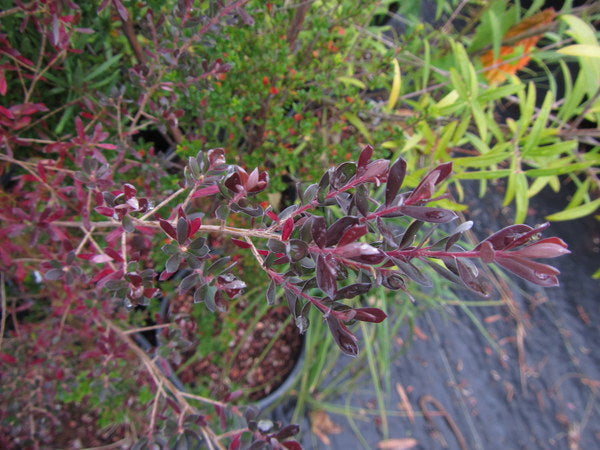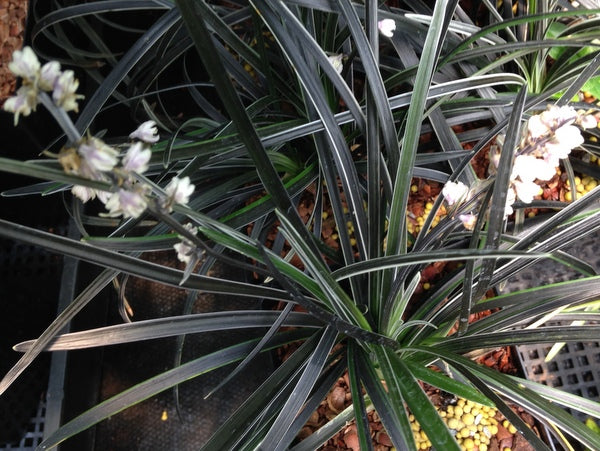Sort by:
1758 products
1758 products
Endemic to a small region of central Chile, and vulnerable in the wild, this is like the rare collectible variant of Lobelia tupa, with much the same habit and cultural requirements, meaning full sun and decent drainage, especially in the face of winter wet. The flowers present as a flurry of frilly pink corollas that conjure images of the fabulous tails of tropical birds, honed for years by evolution to attract flirtatious females. The flirtation here is with hummingbirds, endowed with the perfectly adapted slender beaks; or with coastal climate gardeners endowed with the perfect mild winters. Likely slightly less hardy than L. tupa and will be reset to the ground each winter. These are from wild seed collected by FRBC board member and botanist Cody Hinchliff.
Like a true American statesman this plant fulfills none of it's promises and gives you plenty of the unexpected. Contrary to it's common name of Pineapple Lily this is neither pineapple nor lily, luckily the unexpected reality is a shockingly easy South African summer bulb. Attractively lax rosettes of thick strappy light green leaves sometimes freckled red at the base. Flowers in a raucous spike of pink and white stars topped by an unkempt mop of green bracts, almost like a florist's recreation of a pineapple. Easy to please in a sunny spot with decent soil and can tolerate some degree of shade.
Extremely rare tree in the Rosaceae from the Andes. John Grimshaw and Ross Bayton authored a fantastic book in 2010 "New Trees: Recent Introductions to Cultivation" in which the genus Polylepis was described sparingly as only one species, P. australis is grown and that to a very limited extent. The text discussed how more species need to be trialed as they have fantastic bark like the best Acer griseum and some species come from very high elevation and may have potential for hardiness in areas such as the West Coast and surely milder parts of the UK. Shortly after reading this we learned of a seed collecting expedition to the Andes and asked that they look for Polylepis for us and here is one of the results.
These are cutting-grown and will need to be protected from cold their first winter for sure. Excellent foliage which has been evergreen for us with superb sinuous trunk and branching structure which are thickly papered in sheets of exfoliating bark. Flowers are nothing - little colorless bits of dangling insignificance. We sound a little bitter because we have not quite gotten over our disappointment at the first flowering of our parent trees thinking that Rose Family would equate to a flower of some merit, but we had failed to closely read the botanical description referring to the "apetalous flowers" which means no petals. But really, flowers on a tree of this extraordinary character would be like putting whipped cream on your ice cream in which two excellent individual components are diminished in synergy. We think warm Zone 8 for this or perhaps careful siting in colder portions of this zone.
